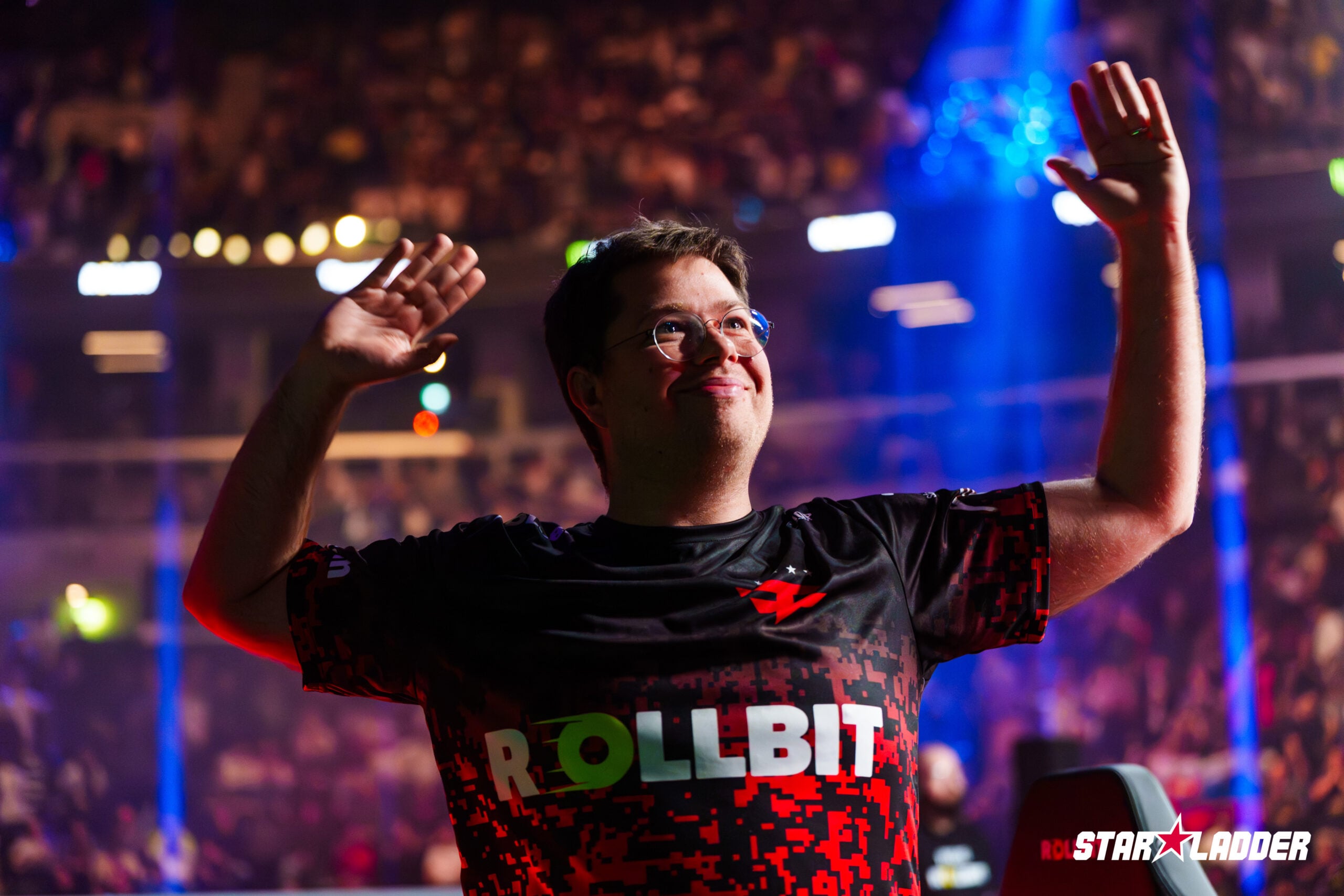A good shooter requires strong multiplayer maps—but a truly competitive shooter requires perfect multiplayer maps.
Counter-Strike is the archetype first-person shooter. The game was released over 18 years ago and it has stayed fiercely competitive since then.
It’s a five-vs-five game that pits terrorists and counter-terrorists against each other in under two-minute rounds. Terrorists try to plant a bomb in a designated area while counter-terrorists attempt to defend the bomb sites.
The game is very punishing. Most guns can kill with a single bullet, especially with a headshot. Coming out of a corridor and looking the wrong way could mean that you’re as good as dead. It’s that punishing nature that has had the most dramatic effect on level design.
When designing a new Counter-Strike map, specifically in the case of a popular map like Cache, Inferno, or Mirage, the goal is to reward a player’s skill. Level designers cater to professionals over the casual player. For professional players, thousands in prize money could be on the line. They don’t play a map, they practice it. Therefore, it’s critical that maps bring player interactions to the forefront.

Any good Counter-Strike map should have four central chokepoints, or bottlenecks—areas of the map where the most action can happen. It’s where the offensive team usually runs into the defending team. If you have too many chokepoints, you have too much to defend. The gameplay can easily get very chaotic and less strategic.
Even the smallest details can dramatically affect how a map is played. The game is so punishing that designers have to be careful when creating a map. For example, adding too much verticality can disrupt a map’s balance. Even just a little bit of verticality goes a long way.
You can get verticality by “stacking”—jumping on top of another character to gain access to elevated positions. This encourages planning and teamwork, and requires players to communicate and know each other’s positions. Jumping and stacking are each good ways to gain an elevated position, but they can fall into areas of predictability.
To counter this, map creators often add fixtures to express players’ creativity and skill. Maps are designed with areas to trick jump, for example. This could be like getting onto a protruding air conditioning vent or something similar to gain access to a building’s roof.
A good map needs more unique ways to tackle enemies than just putting players on a higher footing. Adding penetrable surfaces against walls is one method of achieving this desired effect. This is called “wall-banging”—giving players something to shoot through to potentially take out an enemy on the other side of a wall.

And then there are the actual environments themselves. Readability in the environment is another condition aspect to consider. That’s being able to distinguish a player against the map itself. For competitive play, if one team is more easily visible, they’re at an extreme disadvantage. But beyond just readability, the perfect Counter-Strike map should also have some awesome vistas or skyboxes—not just to add to the fiction of a map, but to be used as a reference to where a character is in relation to the map. For example, a radio tower in the middle of the map, although inaccessible, can be used by players to aim and throw a well-timed grenade.
A lot needs to be considered when you set out to make the perfect Counter-Strike map, especially if it’s created to be played at the professional level. Bringing in professional gamers and coupling them with expert designers is crucial in creating the best competitive maps. With a game like Counter-Strike, even the smallest details can dramatically affect how it’s played.













Published: Mar 17, 2019 08:00 am